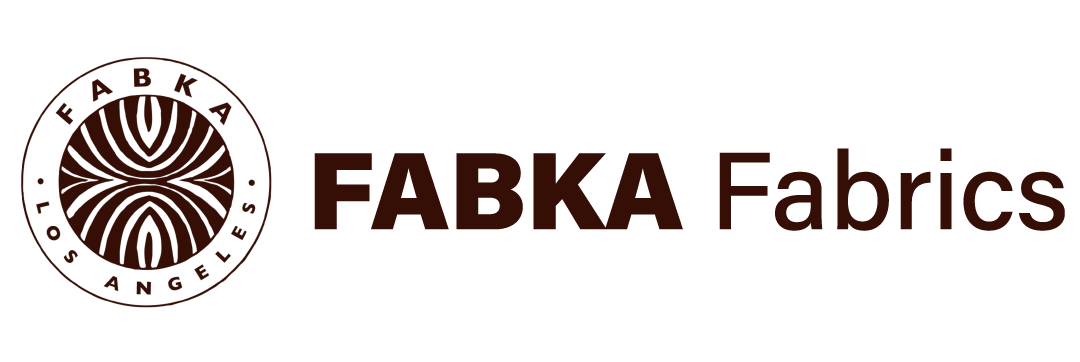What Is Fabric Dyeing And The Most Popular Methods?

Dyeing fabric is the process of applying dyes to fibers, threads, and fabrics to achieve the desired color. For thousands of years, experimentation has been carried out in different ways, and it has produced excellent results. You could use the following methods: Washing Machine, Bucket, or Sink Method, or Boiling Method.
Dyeing Fabrics: What does it entail?
A Fabric is dyed by applying even amounts of color to fibers, yarns, fabrics, or garments. Depending on the requirements, dyeing can take place at any stage of the manufacturing process.
What are the different ways fabrics can be dyed?
In the fabric manufacturing process, there are different methods of dyeing that are applied at different stages. Usually, dyeing occurs at the following stages:
Fiber Stage, Yarn Storage, Fabric Stage, Garment Stage
A few more methods are listed that are regularly used by the fabric industry and that continue to be effective for a long time.
1.Bucket or Sink Method
By either filling a bucket with water or blocking the sink drain, the dye is applied to the fabric and the water is allowed to fill up the sink. It is necessary to spread the cover over the sink in order to prevent the dye from dripping out.
A sink or bullet should be filled with hot water of 60 degrees Celsius before dyeing fabric, and the powder dye should be dissolved in hot water in a separate container before dyeing.
In the event that the color is too light, there could be a need for more dye, while in the event the color is too dark, more water may be necessary. Stirring the water for a few minutes after adding the dye will produce the best results.
A dye is processed by stopping the object to be dyed in water, stirring the dye and water for ten minutes without stopping, then putting the object where the dye is placed.
Once the fabric is dyed for over half an hour, and often for more than an hour, it is taken out of the water. Fiske fabric dye stabilizer is applied immediately after dyeing in accordance with the instructions.
The fabric should be rinsed with cold water after dyeing. It should then be washed at warm temperatures and dried. When your fabric has dried, the color will show through.
2. Boiling Method
Boiling is also an option for dyeing fabrics.
Heat the water in a large pot over the stove so that it can be easily moved. When the water is boiling and the stove is on, the dye is added.
During the wet state, immerse the dyed item in the water. In order to dye an object, all stains must be removed before it is dipped in dye. Following continuous stirring for ten minutes, the dye is dipped into the object.
Upon completing this step, rinse the fabric with cold water. Following that, the fabric should be rinsed and dried, then gently washed with warm water and mild detergent. Once this has been accomplished, the fabric will be restored to its original color.
3. Washing Machine Method
● Using a washing machine fabric dyeing method, you can dye your fabric easily.
● Set the washing machine’s temperature to the highest level. A time setting of 30 minutes should also be set for the machine so that it will run for at least 30 minutes.
● In a plastic pot, we stir the fabric dye with hot water to melt it completely. We then add 1 teaspoon of detergent to the pot.
● Using the following method; if cotton or linen is to be dyed, dissolve salt in 4 glasses of very hot water; if silk or nylon is to be dyed, mix 1 cup vinegar with 4 glasses of very hot water.
● It is first necessary to add dye, vinegar, and salt to the detergent box of the washing machine, which should then be turned on.
● After the dyed fabric is taken out of the machine, it is washed one more time with warm water.
We have provided this list of methods that the textile industry uses when dying fabrics. The best fabric company is Fabka Fabrics, which you can reach out to if you desire fabric.
Explore Our Products Range in Fabrics
We have more than 3000 fabrics in our collection. There are countless qualities to fabrics. Here is a look at different fabrics, from natural fibers to synthetic fibers.
Click HereWhat Is Fabric Dyeing And The Most Popular Methods? Read More »


